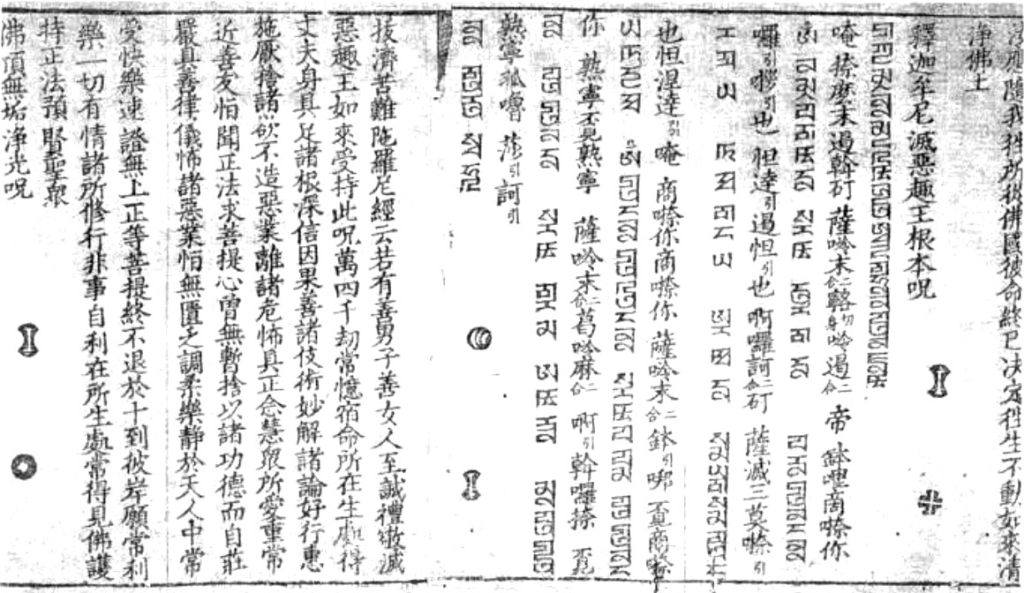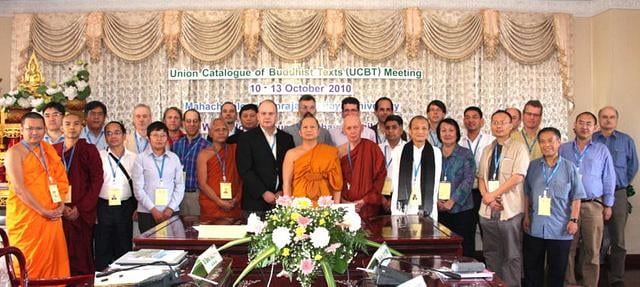Hua, Kaiqi. 2016. The White Cloud Movement: Local Activism and Buddhist Printing in China under Mongol Rule (1276-1368 CE). PhD diss., University of California, Merced. 379 pp. [official repo: escholarship.org/uc/item/2w7452q0] [PDF] [author: academia.edu]

From the Abstract: This dissertation studies the White Cloud movement in Song- and Yuan-era Jiangnan. […] The movement was mostly led by local laymen rather than monks. Its wealth and reputation peaked with the production of a Buddhist canon during the reign of Khubilai Khan (1276-1294), who provided direct patronage. […] Continue reading “Hua (2016), Buddhist Printing in China under Mongol Rule”


